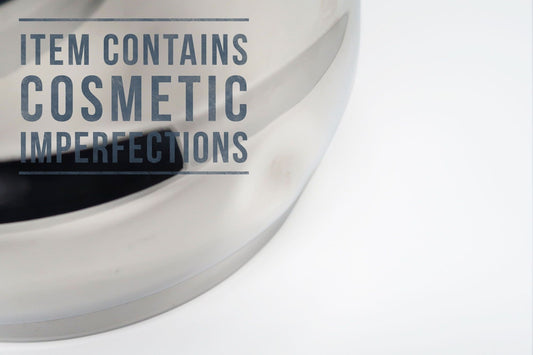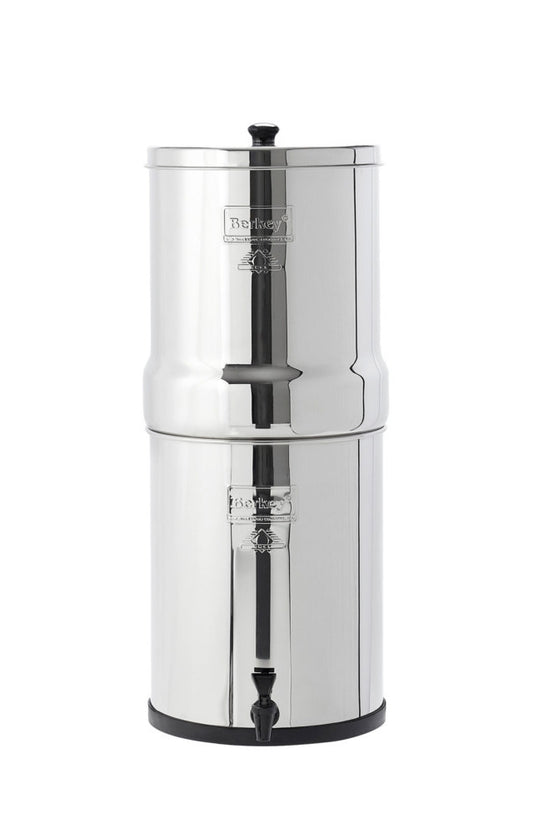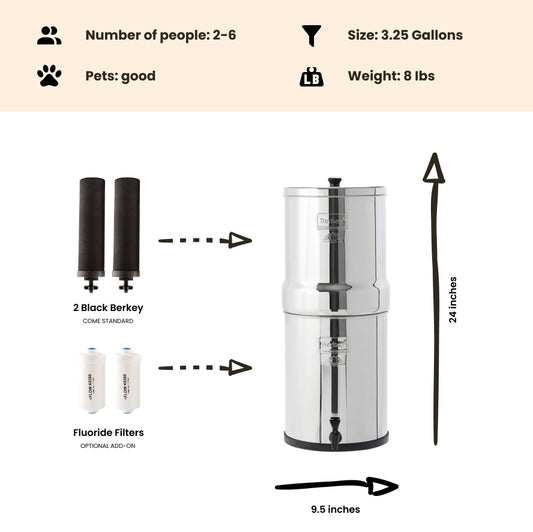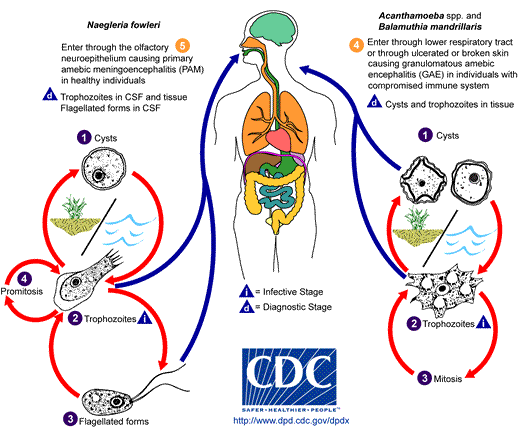
New Water Borne Disease Caused by Brain-Eating Amoeba
By Dan DeBaunShare
The dry conditions that are prevalent across the US are not only having a negative impact on the landscape and suburban lawns, it is also thought to be the cause of the sudden proliferation of a deadly pathogen, Naegleria fowleri, that thrives in warm aquatic conditions. With the hot and dry conditions experienced this summer, the water in freshwater bodies such as rivers and lakes is much warmer than it normally is, which could explain the spike in numbers of these parasites.
The recent death of a 9-year-old girl in Kansas, who succumbed to an infection caused by the aquatic parasite after having swum in several freshwater lakes in the area, highlights the dangers of this pathogen.
The parasite, Naegleria fowleri, is considered a sapronosis, which is an infectious disease that is caused by microscopic free-living pathogens that are found in soil and/or aquatic habitats rather than in a live host organism. The pathogen is a parasitic amoeba that enters the human body via the nose, traveling along the nasal passages and nerve fibers until it reaches the brain. It then starts to eat brain cells, resulting in primary amoebic meningoencephalitis (PAM), which affects the central nervous system. Children and young adults who have been exposed to the parasite through recreational activities in freshwater aquatic systems tend to be most vulnerable to the disease.
A team of researchers from UC Santa Barbara whose work focuses on the transmission of infectious disease examined this infectious agent in detail; the results of their findings were recently published in the scientific journal Trends in Parasitology.
What is a Sapronosis?
"Sapronoses do not follow the rules of infectious diseases that are transmitted from host to host," said lead author Armand Kuris, a professor in UCSB's Department of Ecology, Evolution and Marine Biology (EEMB). "They are categorically distinct from the way we think infectious diseases should operate." This study focuses attention on this group of emerging pathogens and aims to increase our understanding of how they function.
Legionnaires' disease -- which is caused by Legionella pneumophila, a bacterium that is transmitted in contaminated soil or aerosolized water -- is a better known example of a sapronotic disease. Legionnaires' disease is named after an outbreak of the disease among a group attending an American Legion convention being held at a hotel in Philadelphia in 1976. There were 29 fatalities out of the 182 cases reported, most of which were men.
Sapronotic pathogens are able to survive independently in an aquatic system or even a reservoir such as a water tower that feeds an air-conditioning system. Some such pathogens, such as cholera, depend on insects to find a disease host for them. Zoonotic diseases by comparison, require a human host.
What's the Difference Between Sapronotic and Vector Borne Diseases?
According to Kuris, vector borne diseases that result when infectious pathogens are carried and transmitted from one living organism to another -- which could be a microorganism, an animal, or another person -- tend to be more or less virulent depending on how efficiently they are transmitted. "As a result, virulence evolves to a level where it is balanced with transmission in order to maximize the spread of the virus." However, Kuris points out that sapronotic pathogens are not restricted by such a virulence trade-off. "Transmission of a sapronosis pathogen is able to persist regardless of any changes in host abundance or transmission rates."
To compare differences between sapronotic and conventional diseases, the research team modeled the population growth rate of 150 human pathogens. From the random selection of diseases examined in the study, a third were sapronotic -- more specifically, 12.5% of protozoan pathogens, 28.6% of bacteria, and a whopping 96.8% of fungal pathogens selected in the study were sapronotic. Kuris considers the fact that practically all the fungi are sapronotic as something worth noting.
"You can't model a sapronosis like valley fever with classic models for infectious diseases," said co-author Kevin Lafferty. "To combat sapronoses, we need new theories and approaches. Our paper is a start in that direction."
How to Prevent Infection
But as climate and local freshwater systems continue their warming trend, this emerging pathogen is likely to proliferate further, posing a risk to swimmers who cool off in local rivers and lakes. To reduce the risk of infection from this rare, yet fatal pathogen, swimmers can use nose plugs to prevent the parasite entering the body.
Journal Reference:
Armand M. Kuris, Kevin D. Lafferty, Susanne H. Sokolow. Sapronosis: a distinctive type of infectious agent. Trends in Parasitology, 2014; DOI: 10.1016/j.pt.2014.06.006
-
Regular price From $302.00 USDRegular priceUnit price / per
-
Regular price $234.00 USDRegular priceUnit price / per
-
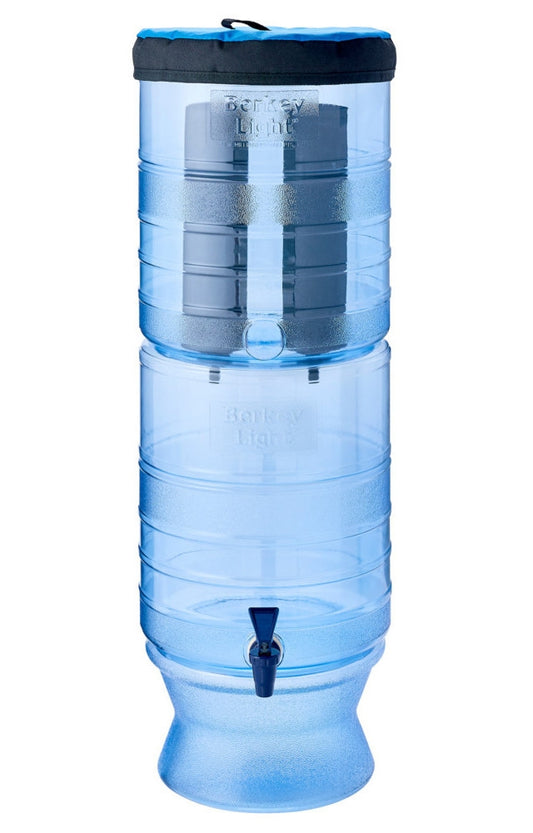
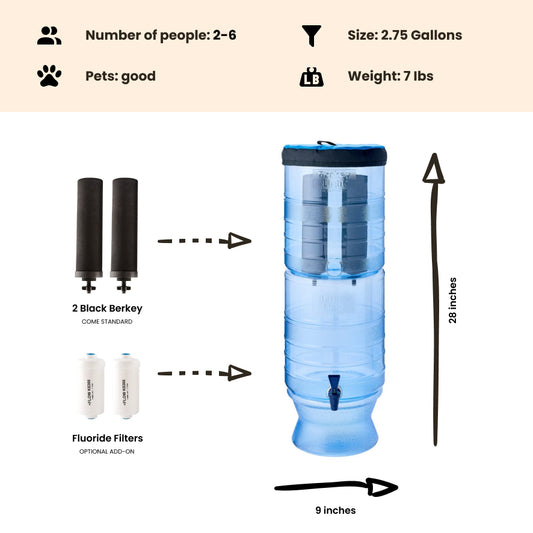 Sold outRegular price From $305.00 USDRegular priceUnit price / per
Sold outRegular price From $305.00 USDRegular priceUnit price / per -
Regular price $327.00 USDRegular priceUnit price / per
-
Regular price From $367.00 USDRegular priceUnit price / per
-
Regular price From $408.00 USDRegular priceUnit price / per
-
Regular price From $451.00 USDRegular priceUnit price / per

Dan DeBaun
Dan DeBaun is the owner and operator of Big Berkey Water Filters. Prior to Berkey, Dan was an asset manager for a major telecommunications company. He graduated from Rutgers with an undergraduate degree in industrial engineering, followed by an MBA in finance from Rutgers as well. Dan enjoys biohacking, exercising, meditation, beach life, and spending time with family and friends.
~ The Owner of Big Berkey Water Filters



